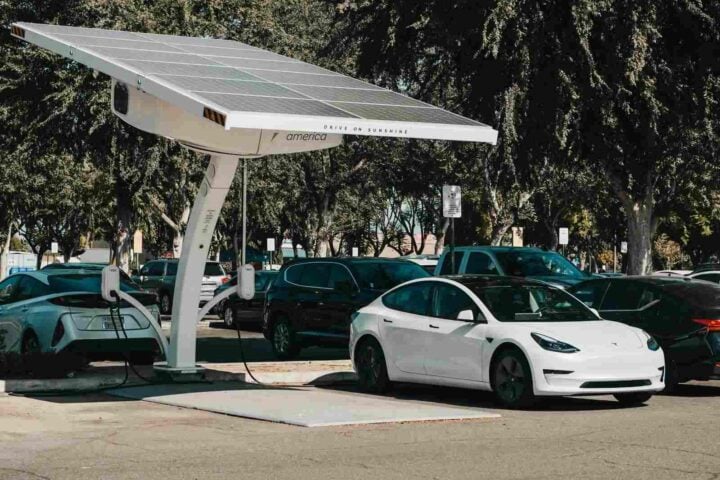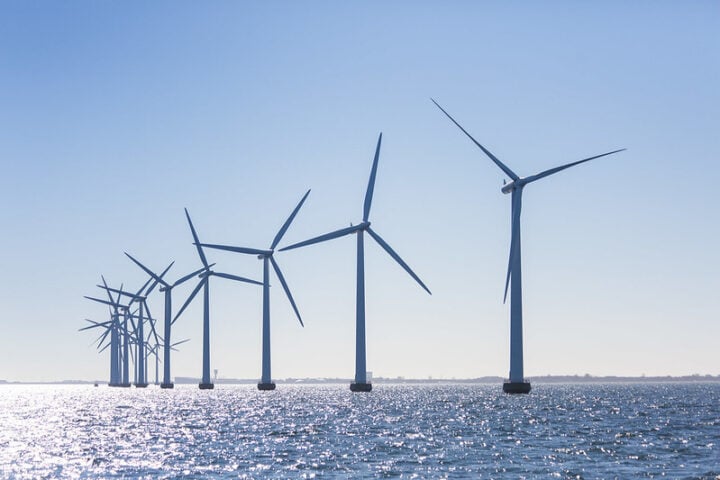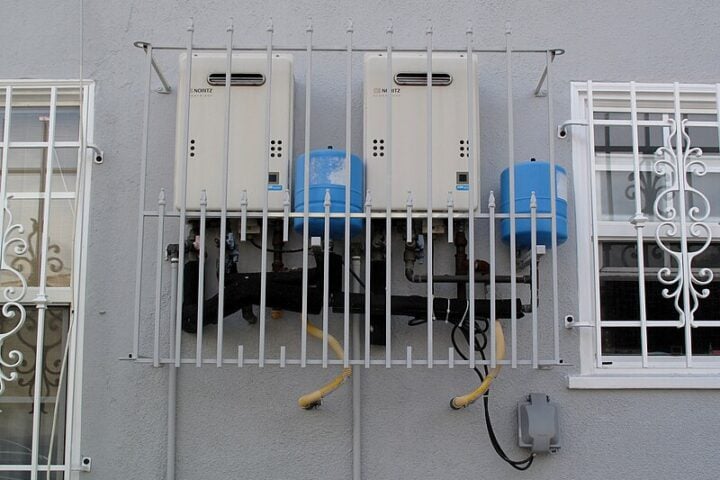India’s green hydrogen mission is a bold step towards a cleaner future, but it’s walking a tightrope. The country plans to produce 5 million metric tonnes of green hydrogen by 2030, investing ₹400 Crore in research and development. But here’s the catch: if we’re not careful, the energy used to make this hydrogen could come from coal, which still powers 70% of India’s grid, and that would mean more emissions, not less.
Climate Risk Horizons, a think tank, has raised a red flag. Their report warns that without strict rules, green hydrogen could end up being dirtier than the fossil fuels it’s supposed to replace. To make hydrogen truly green, it needs renewable energy – and lots of it. We’re talking about 250 TWh, which is 13% of India’s current electricity generation.
Ashish Fernandes, the CEO of Climate Risk Horizons, puts it bluntly: “It’s essential that the MNRE gets this right.” He insists that every ounce of energy for green hydrogen must come from new renewable sources, matched hour by hour, not just in monthly or yearly totals. If we cut corners, using credits or loose accounting, we won’t cut emissions.
The MNRE has set an emissions threshold, but the details are still up in the air. And those details matter. They’ll decide whether India’s green hydrogen can really help us fight climate change or if it’ll just be another source of carbon pollution.
Similar Posts
The United States is facing the same puzzle, trying to figure out how to match clean energy to hydrogen production every hour of the day. It’s a tough problem because electrolyzers, the machines that make hydrogen, are expensive and work best when they’re always on.
India’s got big goals for renewable energy, aiming for 450 GW by 2030. But green hydrogen needs even more – an extra 125 GW. We have to make sure that the push for hydrogen doesn’t steal the spotlight (and the funding) from other renewable projects.
Fernandes warns that if we’re not smart about this, we could hurt our chances in the global market, where clean energy is increasingly non-negotiable. And we could lose the public’s trust in our energy transition.
So, what’s the bottom line? India’s green hydrogen plan could be a game-changer for the environment, but only if we get the details right. It’s a delicate balance, but with the right rules and rigor, green hydrogen could be a key player in our clean energy future.


















